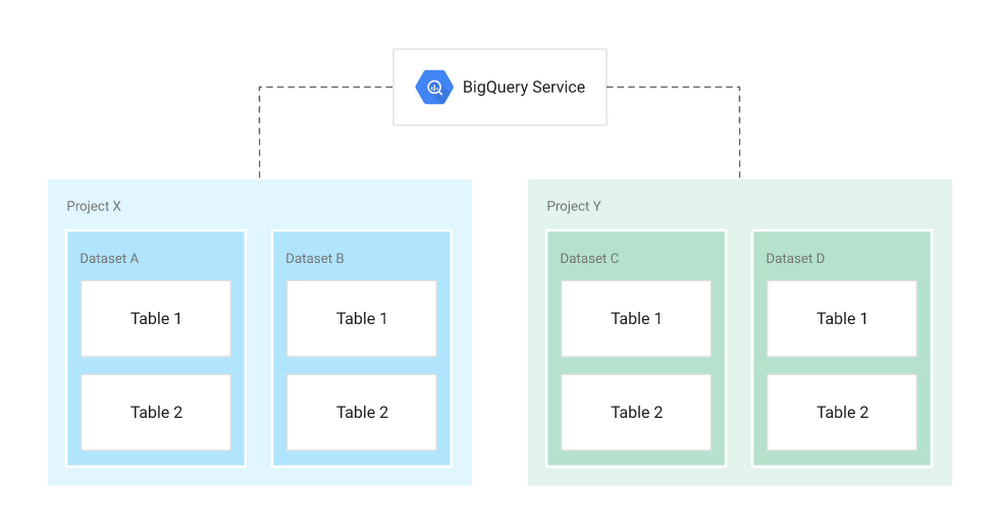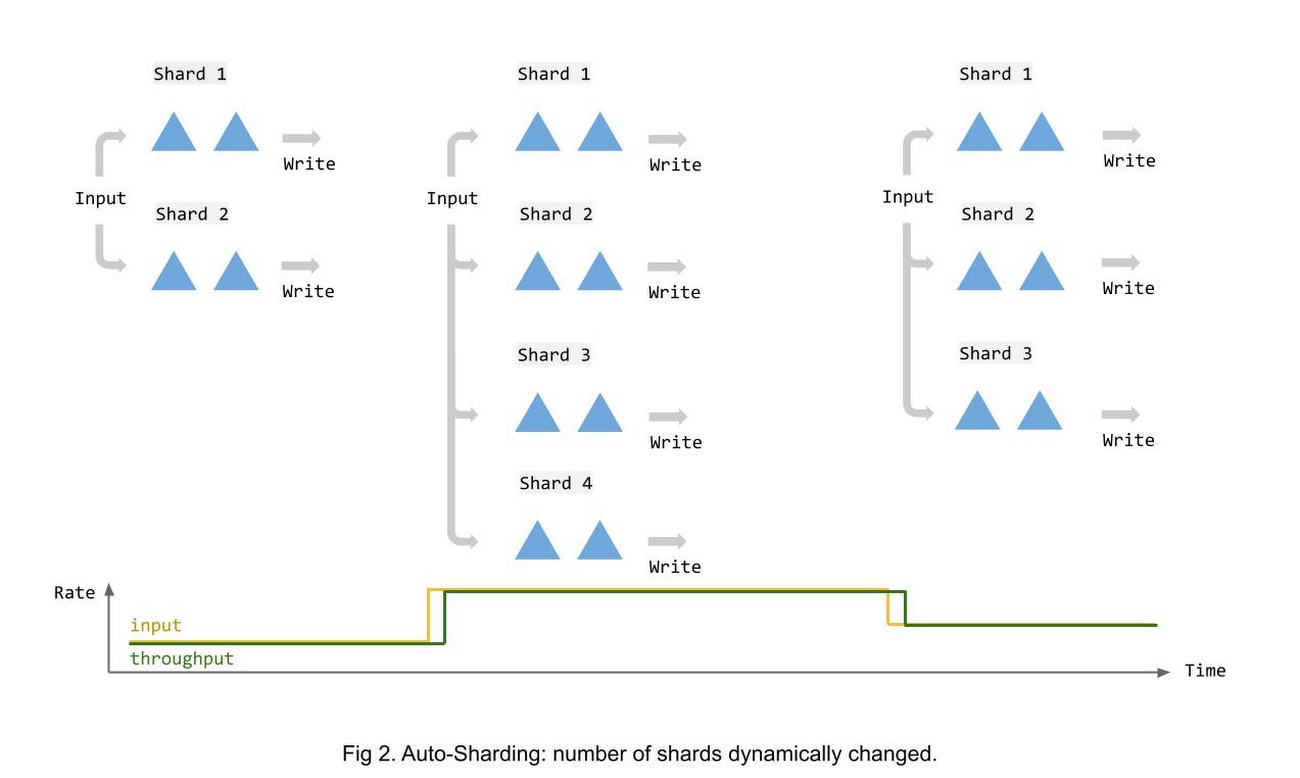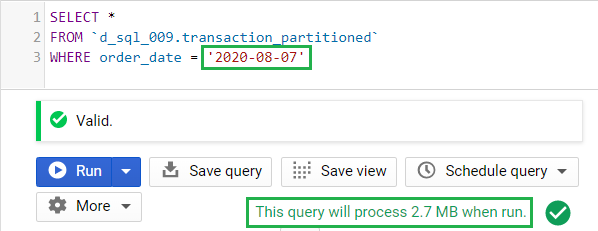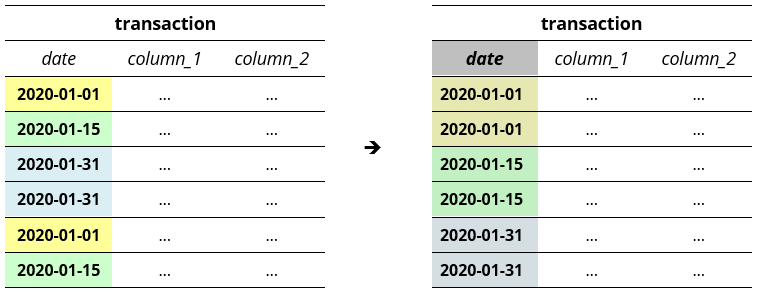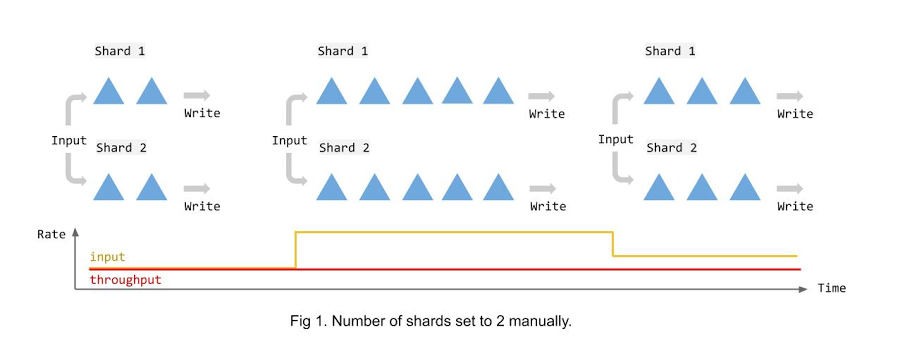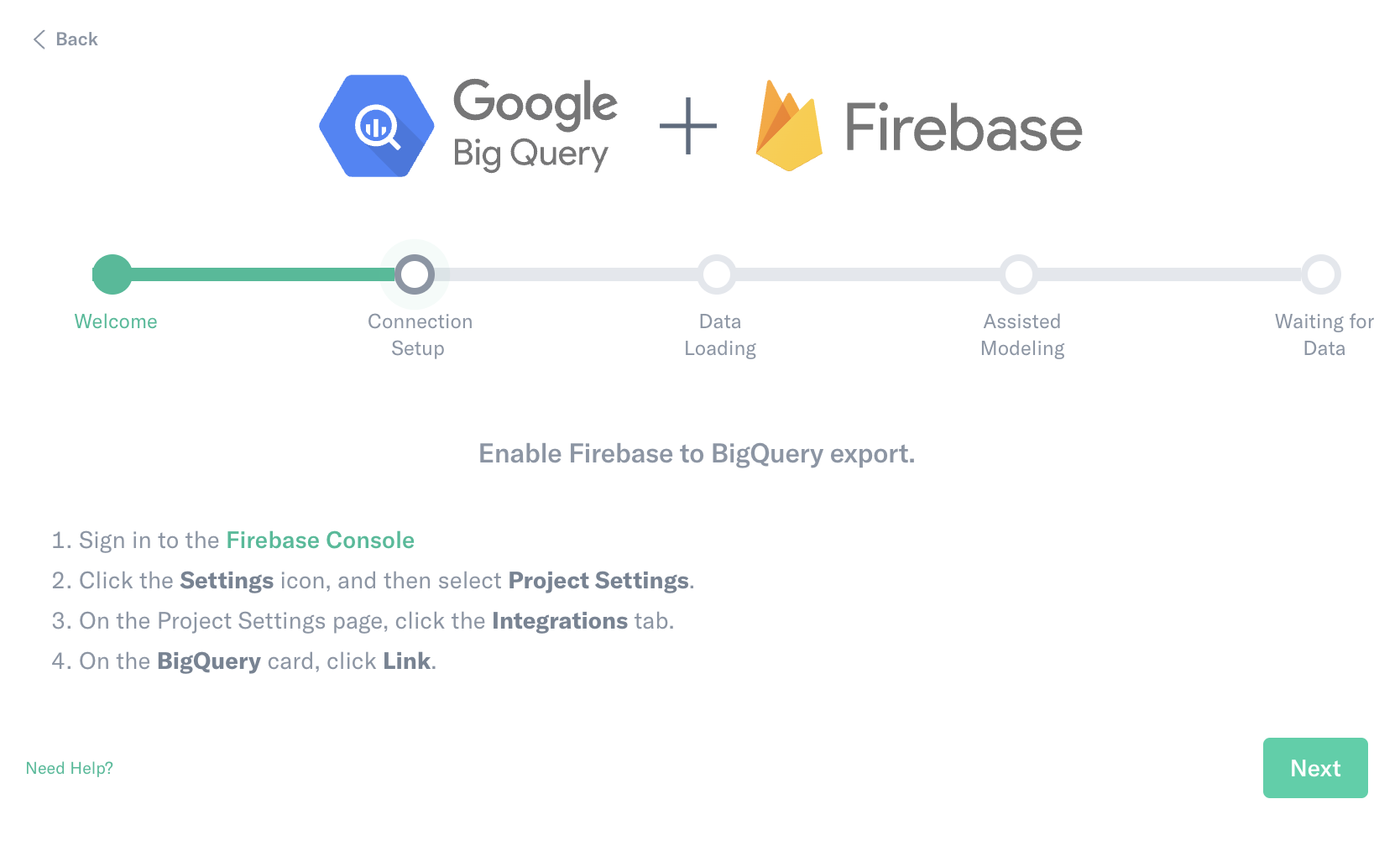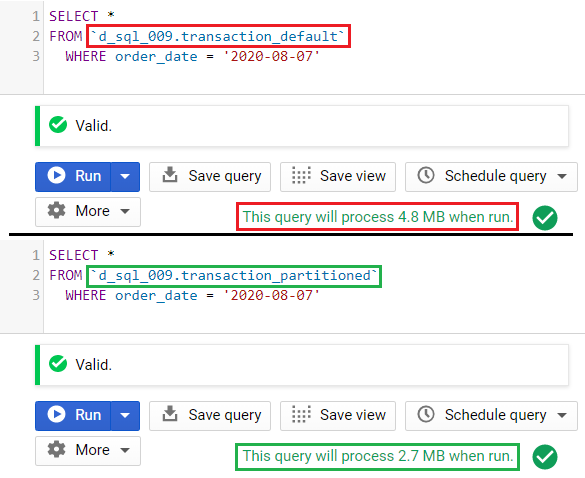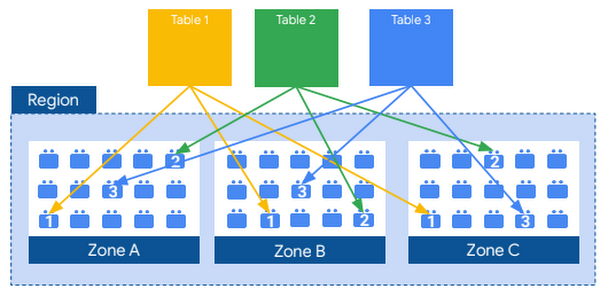
BigQuery explained: Storage overview, and how to partition and cluster your data for optimal performance | Google Cloud Blog

How to use DBT with BigQuery to wrangle your Google Analytics data | by Paddy Alton | Jun, 2023 | Medium
![CT-1009] [CT-1008] [Bug] Catalog query regex is too aggressive at detecting sharded tables · Issue #260 · dbt-labs/dbt-bigquery · GitHub CT-1009] [CT-1008] [Bug] Catalog query regex is too aggressive at detecting sharded tables · Issue #260 · dbt-labs/dbt-bigquery · GitHub](https://user-images.githubusercontent.com/93528462/183494989-8154b49f-6cfd-4b94-adb4-329e4d14bbb7.png)
CT-1009] [CT-1008] [Bug] Catalog query regex is too aggressive at detecting sharded tables · Issue #260 · dbt-labs/dbt-bigquery · GitHub

python - How can I open a dataset in bigquery that have dropdown menu and this consist date - Stack Overflow
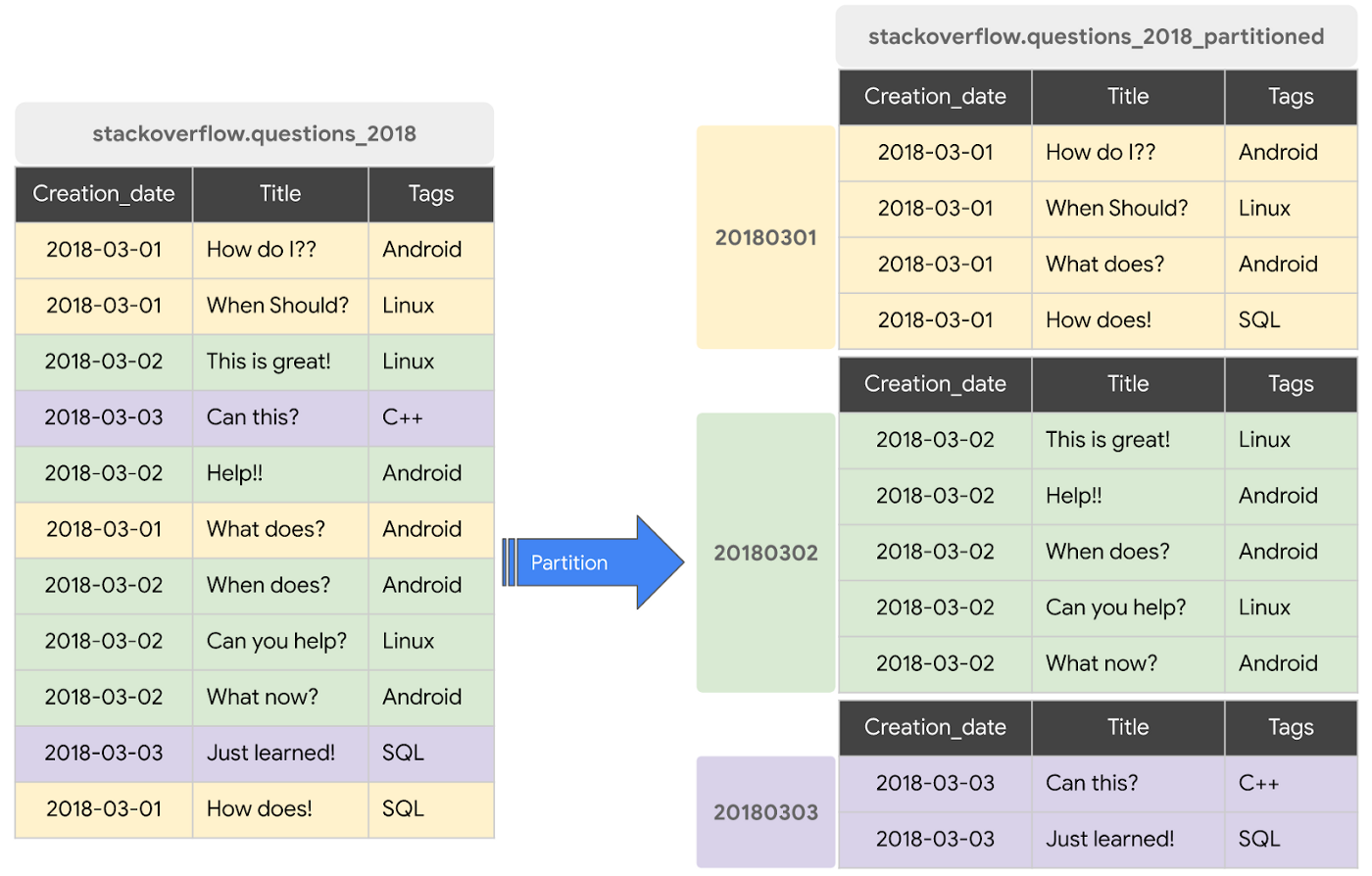
BigQuery explained: Storage overview, and how to partition and cluster your data for optimal performance | Google Cloud Blog

python - How can I open a dataset in bigquery that have dropdown menu and this consist date - Stack Overflow
